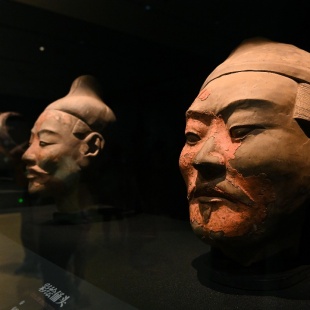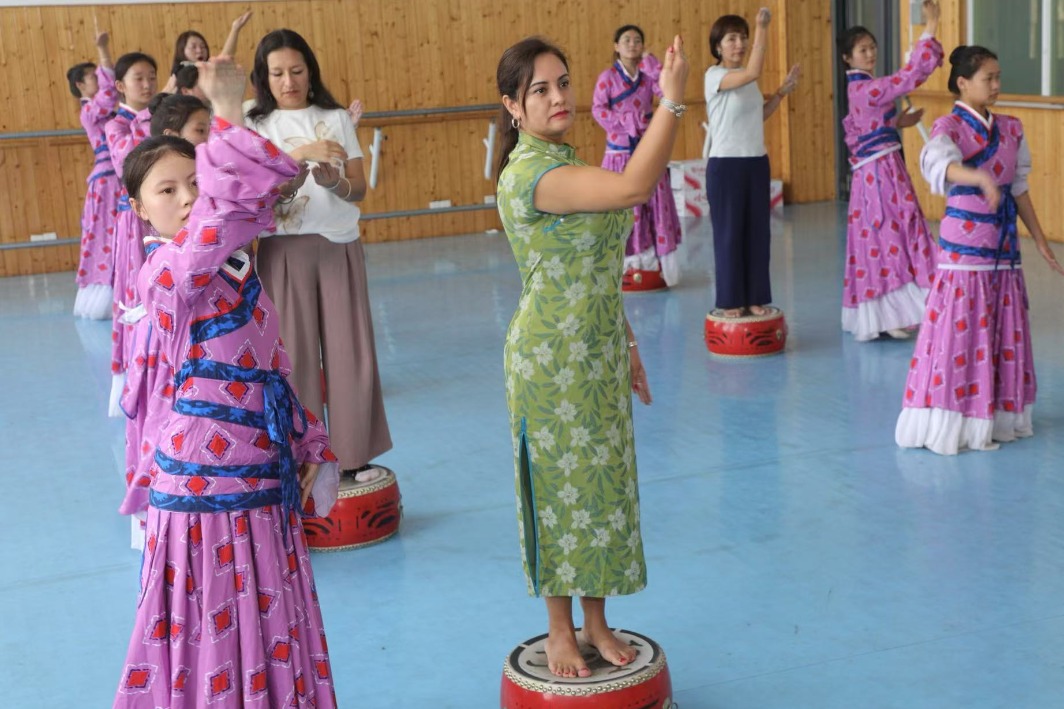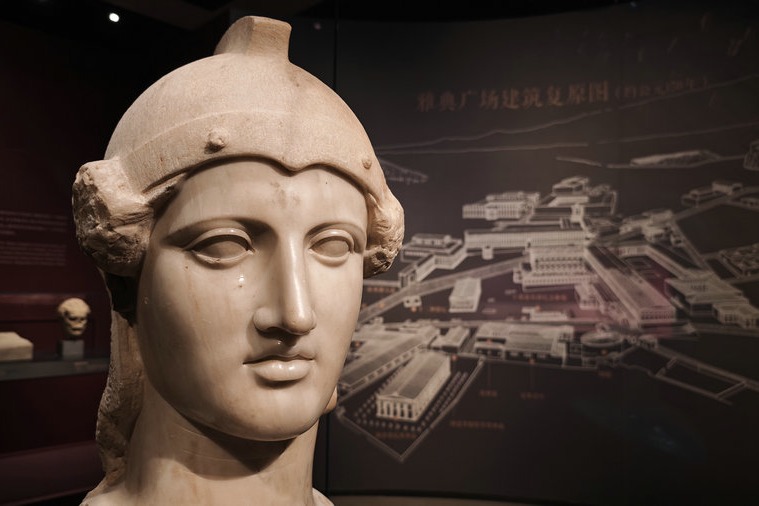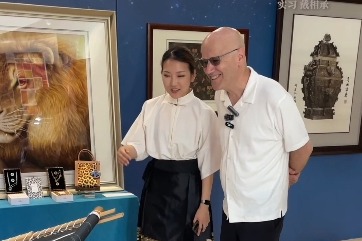First emperor still fascinates with his treasures
Exhibition showcases priceless artifacts from mausoleum of Qinshihuang, report Wang Ru in Beijing and Qin Feng in Xi'an.


Knowing death was an inevitable issue that he had to face one day, Emperor Qinshihuang, who ended the long-term fighting and chaos among vassal states during the Warring States Period (475-221 BC) and established the Qin Dynasty (221-206 BC), the first central united dynasty, paid close attention to two important considerations during his lifetime: seeking an elixir to extend his life and building an underground realm.
The former seems to have been in vain, but the latter has left an incredible mausoleum complex where he has rested in peace for more than 2,000 years.
While the greatness of the first emperor of Chinese history is widely known, many may not have truly grasped the national strength of the Qin Dynasty solely through history books. This changed five decades ago in 1974 with the discovery and excavations of the Terracotta Warriors. These underground armies safeguarded the emperor's posthumous peacefulness and their discovery offered modern people a real sense of the prosperity of the dynasty.
Over the past 50 years, archaeologists' efforts have increased understanding of the emperor and that era, step by step.
To mark the occasion, a permanent exhibition to showcase archaeological discoveries at the mausoleum, titled Buried History and Mystery of China's First Emperor, kicked off in September at Emperor Qinshihuang's Mausoleum Site Museum, which oversees the mausoleum in Xi'an, Shaanxi province.
According to Ye Ye, deputy director of the exhibition department of the museum and curator of the exhibition, a total of 230 artifacts — among them, the most emblematic cultural relics found in the mausoleum — are on display. Notably, one-third of these artifacts are being exhibited for the first time.
"The opulent burial site of Emperor Qinshihuang's underground world reflects the material culture and spiritual ideology of Qin, with a single imperial mausoleum bearing witness to a great era," says Ye.





































